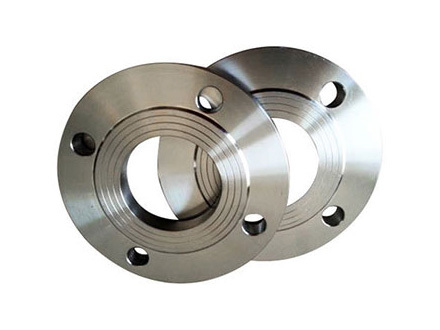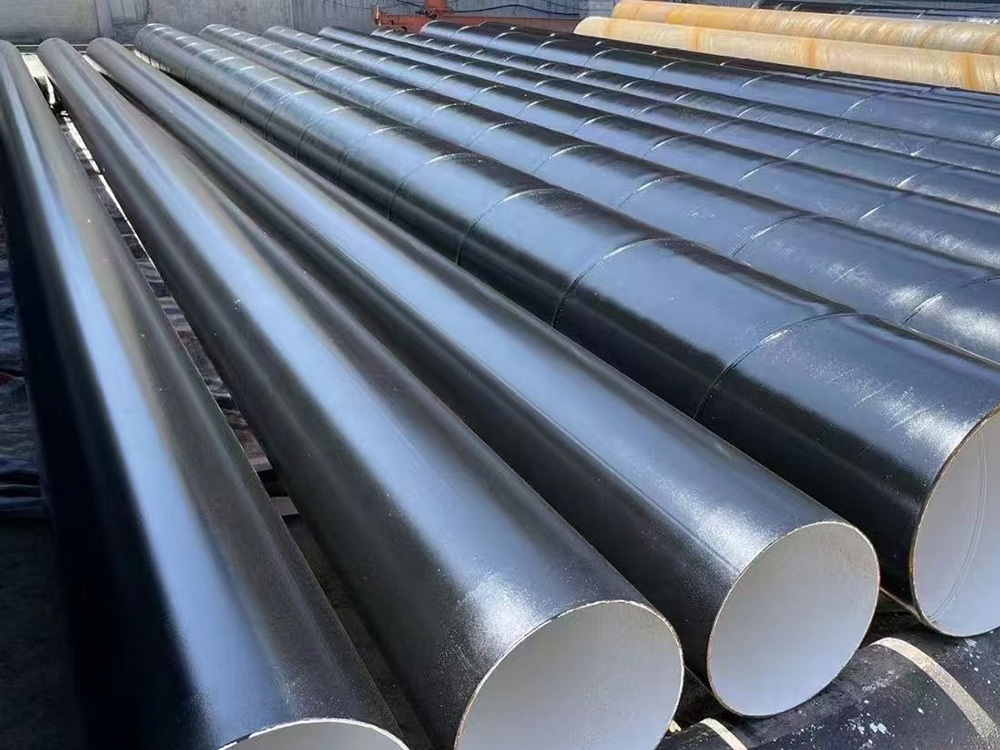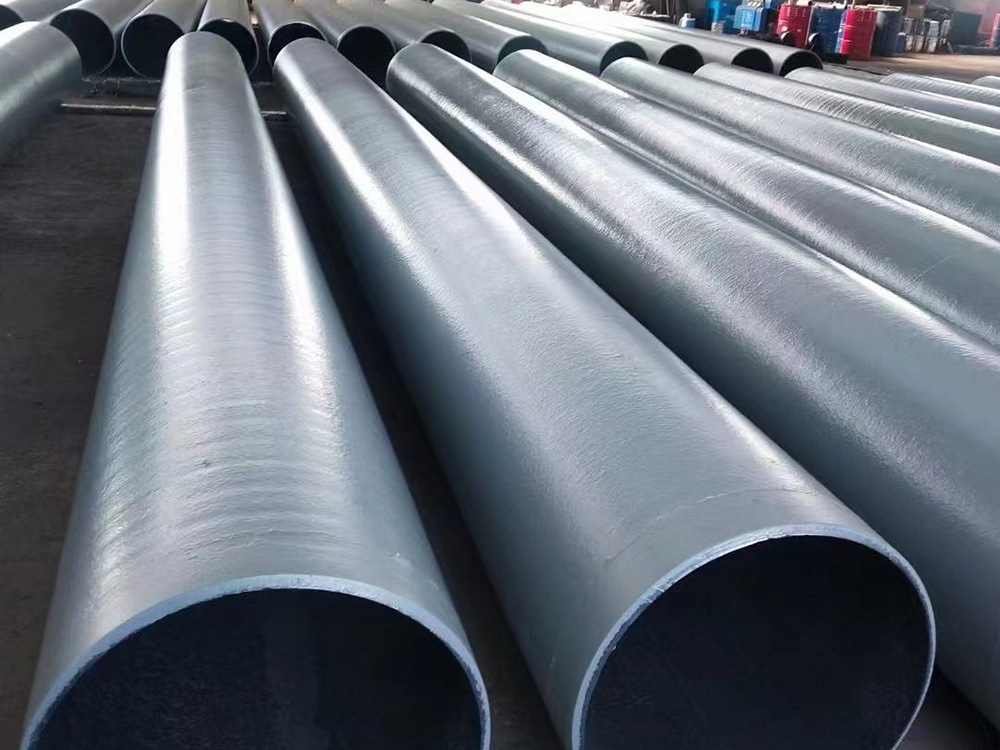Understanding the Benefits of Stainless Steel Spectacle Blind Flanges: A Comprehensive Guide
2025-04-14

Understanding the Benefits of Stainless Steel Spectacle Blind Flanges
Table of Contents
- 1. Introduction to Stainless Steel Spectacle Blind Flanges
- 2. What Are Spectacle Blind Flanges?
- 3. Advantages of Stainless Steel Spectacle Blind Flanges
- 4. Applications of Stainless Steel Spectacle Blind Flanges
- 5. Installation and Maintenance of Spectacle Blind Flanges
- 6. Common Questions About Stainless Steel Spectacle Blind Flanges
- 7. Conclusion
1. Introduction to Stainless Steel Spectacle Blind Flanges
In the realm of piping systems, **stainless steel spectacle blind flanges** play a vital role in ensuring safety and functionality. These specialized components are essential in many industries, including oil and gas, chemical processing, and water treatment. Understanding their features, benefits, and applications can greatly enhance the reliability of your piping systems and help you make informed decisions regarding your infrastructure.
2. What Are Spectacle Blind Flanges?
**Spectacle blind flanges**, also known as **spectacle blinds**, are unique devices used in piping systems to provide a physical barrier, isolating one section of the pipeline from another. They consist of two metal plates connected by a hinge. One plate has a hole (or 'blind') while the other is solid. This design allows for easy installation and removal, making it practical for maintenance purposes.
These flanges are categorized as **temporary blocking devices** and are commonly used during maintenance or when a section of the pipeline is not in use. The design is particularly beneficial in environments where safety is paramount, as it ensures that there is no risk of leakage or flow from the isolated section.
3. Advantages of Stainless Steel Spectacle Blind Flanges
When it comes to selecting the right materials for your piping systems, stainless steel is often the preferred choice due to its numerous advantages. Below, we delve into the key benefits of using **stainless steel spectacle blind flanges**.
3.1 Corrosion Resistance
One of the most significant advantages of stainless steel is its **corrosion resistance**. Stainless steel spectacle blind flanges are designed to withstand harsh environments and corrosive substances. This property is primarily due to the presence of chromium, which forms a protective layer on the surface of the metal.
In industries where chemicals are prevalent, such as petrochemicals and pharmaceuticals, the ability of stainless steel to resist corrosion extends the lifespan of components, reducing the frequency of replacements and repairs.
3.2 Durability
**Durability** is another essential feature of stainless steel spectacle blind flanges. These components can endure high pressure, extreme temperatures, and constant wear and tear in various industrial applications. As a result, they offer long-term reliability, ensuring that piping systems remain functional over extended periods.
Moreover, the robust nature of stainless steel reduces the likelihood of flanges breaking or deforming under stress, thereby providing peace of mind for operators.
3.3 Enhanced Safety
In any industrial setting, **safety** is a critical concern. Stainless steel spectacle blind flanges contribute to a safe working environment by providing a reliable barrier against leaks and spills. Their design allows for straightforward installation and removal, which is crucial during maintenance operations.
Furthermore, using spectacle blinds reduces the risk of equipment failure, which could potentially lead to hazardous situations. Operators can confidently isolate sections of the pipeline, ensuring that work can be conducted safely without the fear of fluid escape.
3.4 Cost-Effectiveness
While the initial investment in **stainless steel spectacle blind flanges** may be higher than other materials, their overall **cost-effectiveness** is undeniable. The durability and low maintenance requirements of stainless steel lead to significant savings in the long run.
Companies benefit from reduced downtime, fewer replacement costs, and lower maintenance expenses. Additionally, the enhanced safety features minimize the risk of accidents, further contributing to financial savings by avoiding costly liability claims and fines.
4. Applications of Stainless Steel Spectacle Blind Flanges
Stainless steel spectacle blind flanges find applications across various industries due to their versatility and reliability. Here are some common uses:
1. **Oil and Gas Industry**: These flanges are widely used in the oil and gas sector for isolating sections of pipelines during maintenance works or system overhauls.
2. **Chemical Processing Plants**: In environments dealing with aggressive chemicals, stainless steel spectacle blinds offer the necessary protection and safety to ensure smooth operations.
3. **Water Treatment Facilities**: The durability and corrosion resistance of stainless steel make it ideal for applications in water treatment, where flanges must withstand constant exposure to moisture and chemicals.
4. **Power Generation**: In power plants, these flanges play a vital role in isolating equipment during repairs, thus optimizing the efficiency of the plant.
5. **Pharmaceutical Manufacturing**: The ability of stainless steel to resist contamination makes it suitable for use in pharmaceutical settings, where hygiene and safety are paramount.
5. Installation and Maintenance of Spectacle Blind Flanges
Proper installation and maintenance are essential to ensure the longevity and effectiveness of stainless steel spectacle blind flanges.
**Installation Guidelines**:
- Ensure the mating surfaces are clean and free from any debris before installing the flanges.
- Align the flanges properly to avoid uneven stress that could lead to deformation or leaks.
- Use appropriate gaskets or seals to ensure a tight fit between the flanges.
**Maintenance Tips**:
- Regularly inspect the flanges for signs of corrosion or damage.
- Clean the flanges periodically to prevent buildup of chemical residues that could compromise their integrity.
- Replace any damaged components immediately to ensure safety and functionality.
6. Common Questions About Stainless Steel Spectacle Blind Flanges
**1. What is the difference between a spectacle blind flange and a regular blind flange?**
A spectacle blind flange has a hinged design that allows for easy installation and removal, whereas a regular blind flange is a solid plate without this feature.
**2. Can stainless steel spectacle blind flanges be used in high-temperature environments?**
Yes, stainless steel can withstand high temperatures, making it suitable for various applications, including high-temperature piping systems.
**3. How do I know which size spectacle blind flange to use?**
The size of the flange should match the diameter of the piping in your system. Consult your system specifications to determine the appropriate size.
**4. Are there different grades of stainless steel for spectacle blind flanges?**
Yes, there are various grades of stainless steel, such as 304, 316, and 317, each offering different properties, including corrosion resistance and strength.
**5. What should I do if I notice corrosion on my stainless steel spectacle blind flange?**
Inspect the flange for further damage and consider replacing it if corrosion is extensive. Regular maintenance can prevent such issues.
7. Conclusion
In summary, **stainless steel spectacle blind flanges** are indispensable components in many industries, offering a host of benefits, including corrosion resistance, durability, safety, and cost-effectiveness. Understanding their advantages and applications can significantly improve the reliability and efficiency of your piping systems. When installed and maintained correctly, these flanges ensure that your operations run smoothly and safely, ultimately contributing to the long-term success of your projects. By choosing stainless steel spectacle blind flanges, you are investing in a solution that meets the rigorous demands of modern industry while providing peace of mind.
Blog
Innovative Applications of 3PE Anti-Corrosion Steel Pipes in Construction









